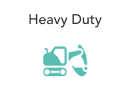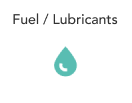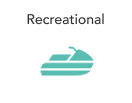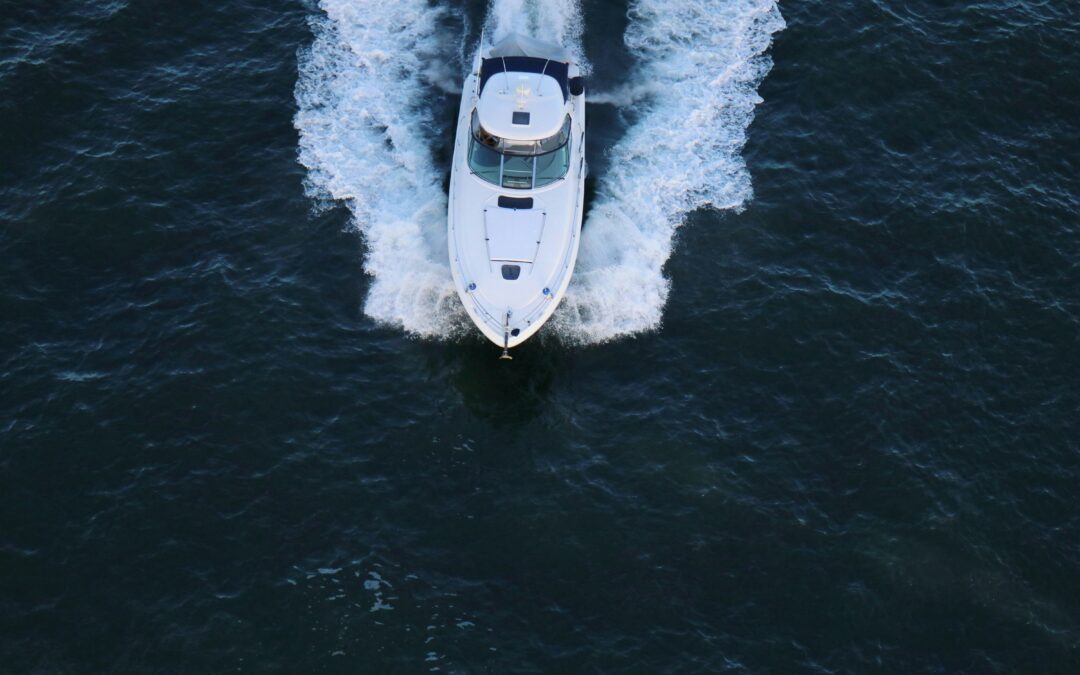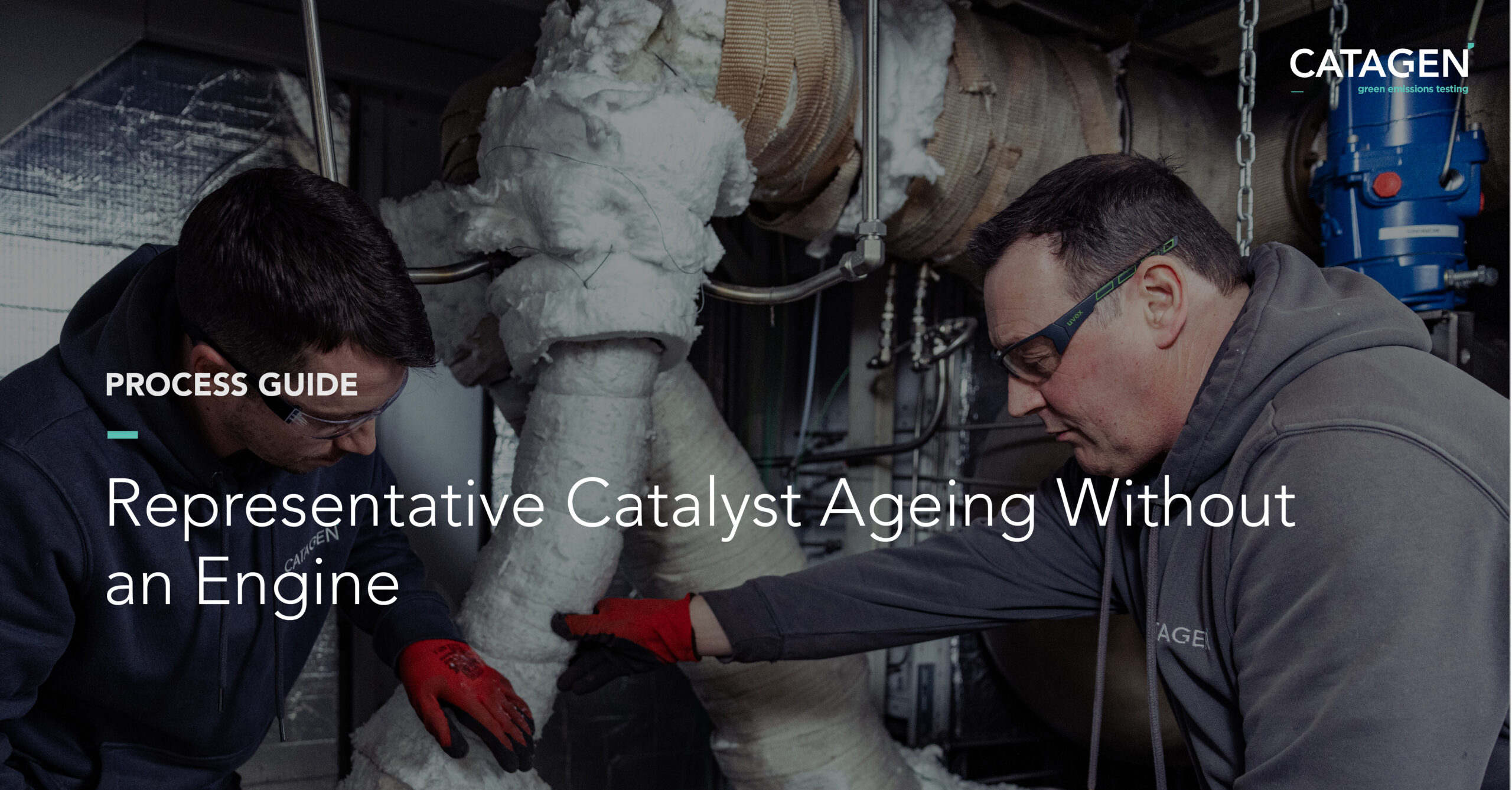By Kurtis Irwin, VP of Global Catalysis
As global climate goals tighten and regulatory pressures mount, the maritime industry is undergoing a change. The International Maritime Organization (IMO) has set ambitious targets to reduce greenhouse gas emissions by at least 50% by 2050 (compared to 2008 levels), compelling shipbuilders, engine developers, and fuel innovators to rethink propulsion from the hull up. Among the most promising pathways are biofuels and electrofuels (e-fuels), two classes of renewable fuels that could play a pivotal role in decarbonising marine transport.
Biofuels: Bridging the Present with a Greener Future
Biofuels, derived from organic feedstocks such as waste fats, algae, or non-edible plant material, offer an immediate drop-in solution for marine diesel engines with minimal infrastructure modification. Hydrotreated vegetable oil (HVO) and fatty acid methyl esters (FAME) are already being trialled in various vessel types, offering a reduced carbon footprint without disrupting established logistics and refuelling systems.
However, biofuels bring their own set of challenges. Variability in composition can affect engine performance, fuel stability, and emissions profiles. Issues such as higher NOx emissions, fuel system compatibility, and cold flow properties must be carefully managed. This underscores the need for robust engine calibration and precise aftertreatment system tuning.
E-Fuels: The Horizon of True Zero
Electrofuels (e-fuels), produced by synthesising hydrogen (from renewable electricity) with captured carbon dioxide, represent a longer-term but truly sustainable solution. When made using green energy, e-fuels such as e-methanol or e-diesel are effectively carbon-neutral over their lifecycle. Their chemical similarity to existing fuels makes them attractive as a transitional step, but production costs and scalability remain barriers to widespread adoption.
From a technical perspective, e-fuels may produce unfamiliar combustion behaviour and novel emission species, particularly under transient marine load cycles. This makes understanding emissions control strategies and catalyst interactions more important than ever before.
Making the Most of Existing Infrastructure
While alternative fuels like ammonia, methanol, and hydrogen are gaining attention for their potential to decarbonise the marine sector, they also bring significant technical and infrastructural hurdles. These fuels typically require major modifications to engines, onboard storage systems, and fuel supply chains, not to mention new safety protocols and training for operators. In contrast, biofuels and e-fuels can be engineered as “drop-in” solutions that closely resemble traditional marine diesel. This allows the industry to take meaningful steps toward decarbonisation without overhauling existing infrastructure. By leveraging the current global distribution network for Marine Oil and Gas, vessel operators can reduce emissions today while continuing to use familiar systems and technology. This pragmatic approach lowers the barriers to adoption and enables a smoother transition during the critical decade ahead.
Why Accurate Testing Matters
Whether working with bio-derived diesel substitutes or cutting-edge synthetic fuels, one thing is clear: testing must keep pace with innovation. Marine engines operate under a unique set of demands; long duty cycles, heavy loads, and harsh environments. Any new fuel must be rigorously evaluated for its impact on combustion efficiency, emissions formation, and aftertreatment system compatibility.
This means going beyond the test cell basics. Accurate reproduction of fuel composition, precise control over exhaust gas mixtures, and the ability to evaluate complex emission behaviours such as aldehyde or unburned hydrocarbon slip are all essential. It’s not just about what comes out of the tailpipe, but why.
CATAGEN: Enabling the Next Generation of Marine Fuels
At CATAGEN, we’re proud to support the marine industry’s transition to sustainable fuels with our advanced emissions testing and catalyst evaluation capabilities. Our state of the art facilities allow for custom gas blending, enabling the simulation of exhaust from a wide variety of biofuels and e-fuels under real-world marine operating conditions.
From measuring trace pollutants with high precision to exploring how alternative fuels interact with aftertreatment systems, our team provides deep insights into fuel and catalyst performance. With our catalysis expertise and simulation platforms, we help de-risk new technologies and accelerate time to market.
Crucially, we offer the ability to test aftertreatment systems without the need for a physical engine or vessel. Using simulated exhaust compositions, we can replicate the combustion conditions produced by new fuels, allowing developers to pre-emptively assess emissions impacts and optimise catalyst design before the full engine platform is even finalised. This unique capability provides a cost-effective, lower-risk route to innovation shortening development cycles and ensuring environmental compliance from day one.

More content


